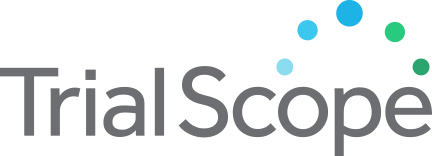Potential Benefit for Non Invasive Vagus Nerve Stimulation Using GammaCore in the Treatment of Raynaud's Phenomena.
Study Purpose
Raynaud's phenomenon (RP) is a common vascular disorder that affects approximately 10% of the general population. RP is associated with significant morbidity that may include loss of the digits due to repeated episodes of vasospasm of the digital arteries in addition to significant impairment of quality of life. It is well known that cold exposure precipitates episodes of RP, but the mechanism for cold sensitivity is not known, and treatment of RP is not satisfactory to the patients and their physicians. The goal in this study is to test the possibility that non invasive vagus nerve stimulation (nVNS) with gammaCore which is already approved by the FDA for headaches and migraines may be an effective and well tolerated therapy for Raynaud's Phenomenon.
Recruitment Criteria
|
Accepts Healthy Volunteers
Healthy volunteers are participants who do not have a disease or condition, or related conditions or symptoms |
Yes |
|
Study Type
An interventional clinical study is where participants are assigned to receive one or more interventions (or no intervention) so that researchers can evaluate the effects of the interventions on biomedical or health-related outcomes. An observational clinical study is where participants identified as belonging to study groups are assessed for biomedical or health outcomes. Searching Both is inclusive of interventional and observational studies. |
Interventional |
| Eligible Ages | 18 Years and Over |
| Gender | All |
Trial Details
|
Trial ID:
This trial id was obtained from ClinicalTrials.gov, a service of the U.S. National Institutes of Health, providing information on publicly and privately supported clinical studies of human participants with locations in all 50 States and in 196 countries. |
NCT03869008 |
|
Phase
Phase 1: Studies that emphasize safety and how the drug is metabolized and excreted in humans. Phase 2: Studies that gather preliminary data on effectiveness (whether the drug works in people who have a certain disease or condition) and additional safety data. Phase 3: Studies that gather more information about safety and effectiveness by studying different populations and different dosages and by using the drug in combination with other drugs. Phase 4: Studies occurring after FDA has approved a drug for marketing, efficacy, or optimal use. |
N/A |
|
Lead Sponsor
The sponsor is the organization or person who oversees the clinical study and is responsible for analyzing the study data. |
University of Toledo Health Science Campus |
|
Principal Investigator
The person who is responsible for the scientific and technical direction of the entire clinical study. |
Bashar Kahaleh, MD |
| Principal Investigator Affiliation | University of Toledo |
|
Agency Class
Category of organization(s) involved as sponsor (and collaborator) supporting the trial. |
Other, Industry |
| Overall Status | Recruiting |
| Countries | United States |
|
Conditions
The disease, disorder, syndrome, illness, or injury that is being studied. |
Raynaud Phenomenon, Primary Raynaud Phenomenon, Raynaud Disease, Raynaud Syndrome |
| Study Website: | View Trial Website |
Contact a Trial Team
If you are interested in learning more about this trial, find the trial site nearest to your location and contact the site coordinator via email or phone. We also strongly recommend that you consult with your healthcare provider about the trials that may interest you and refer to our terms of service below.
